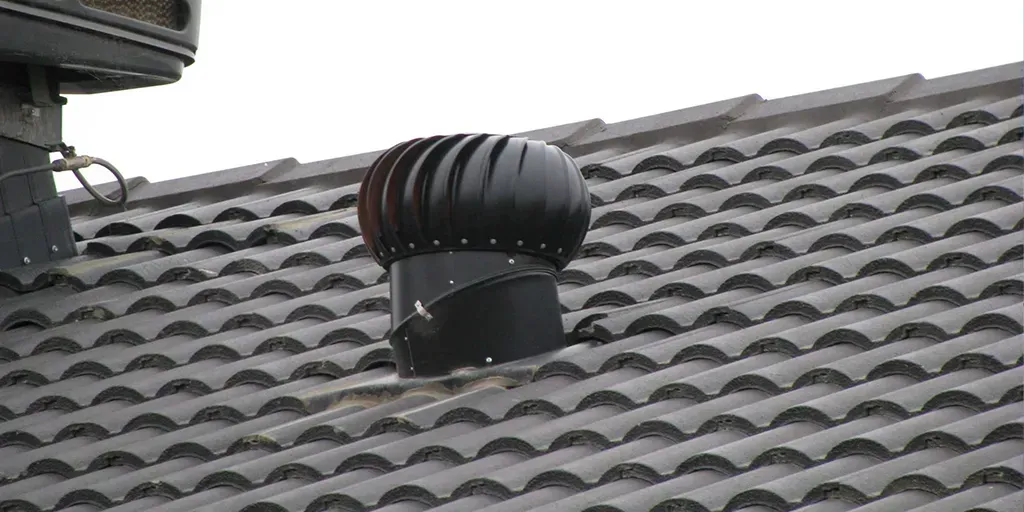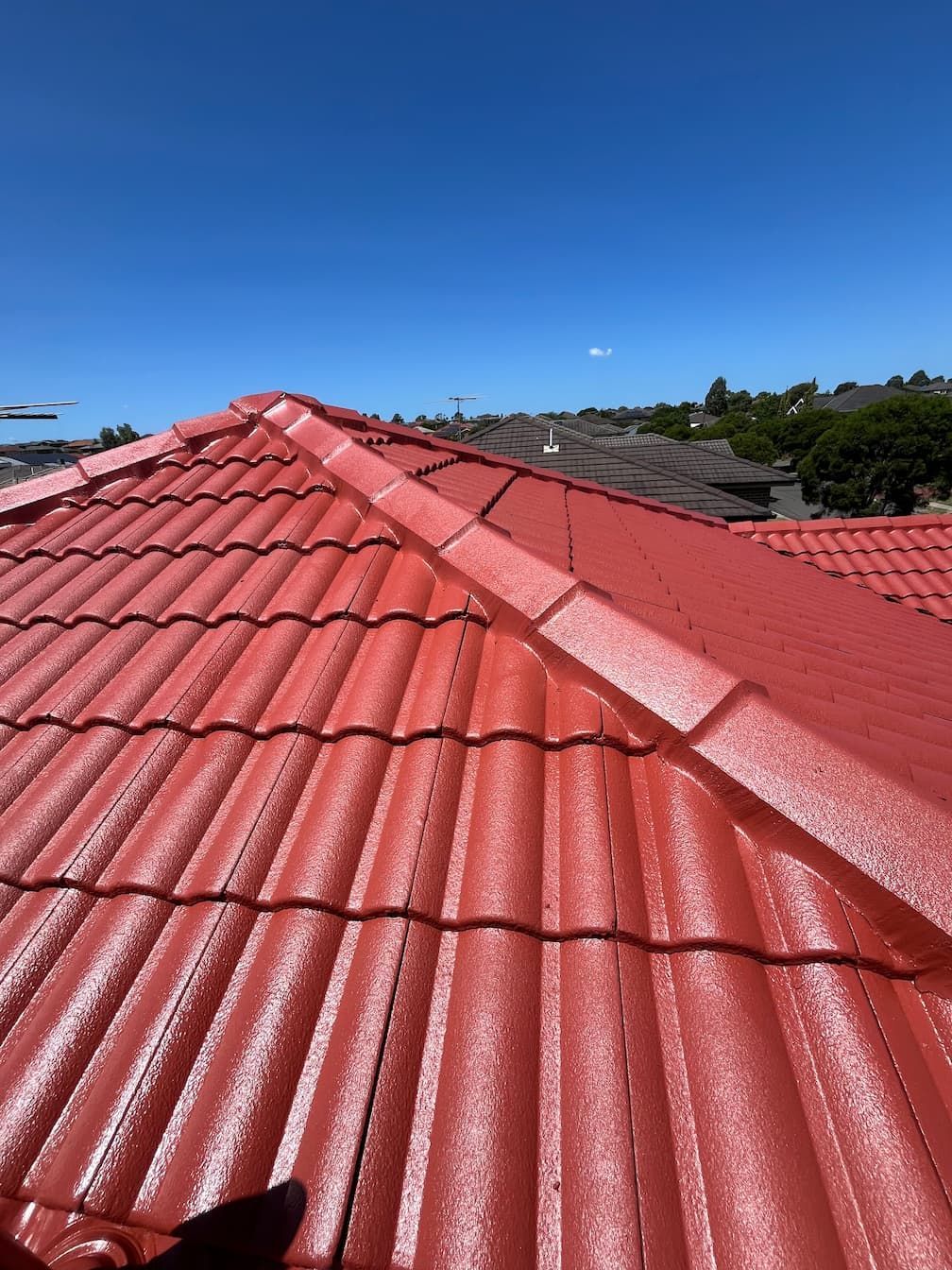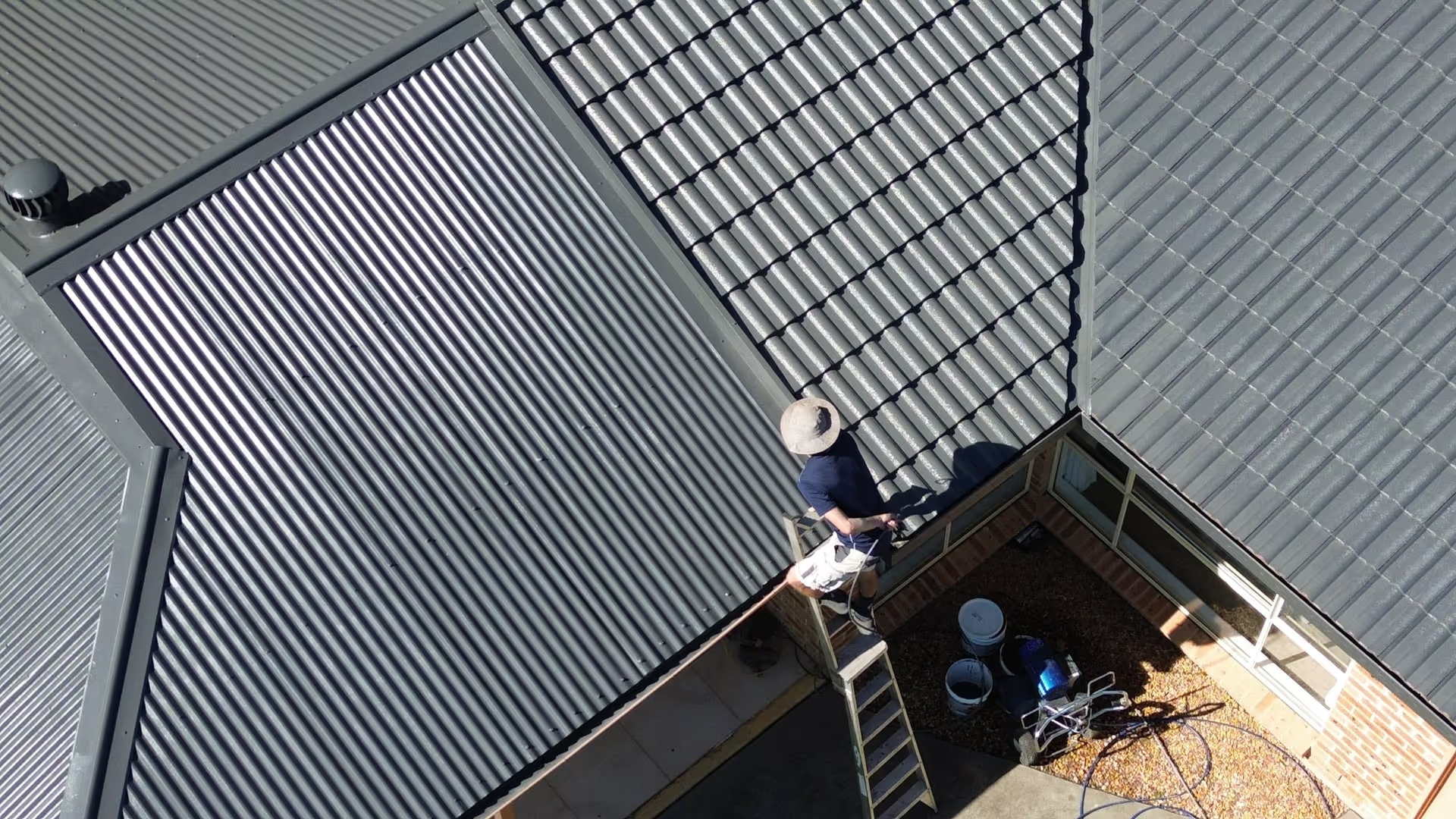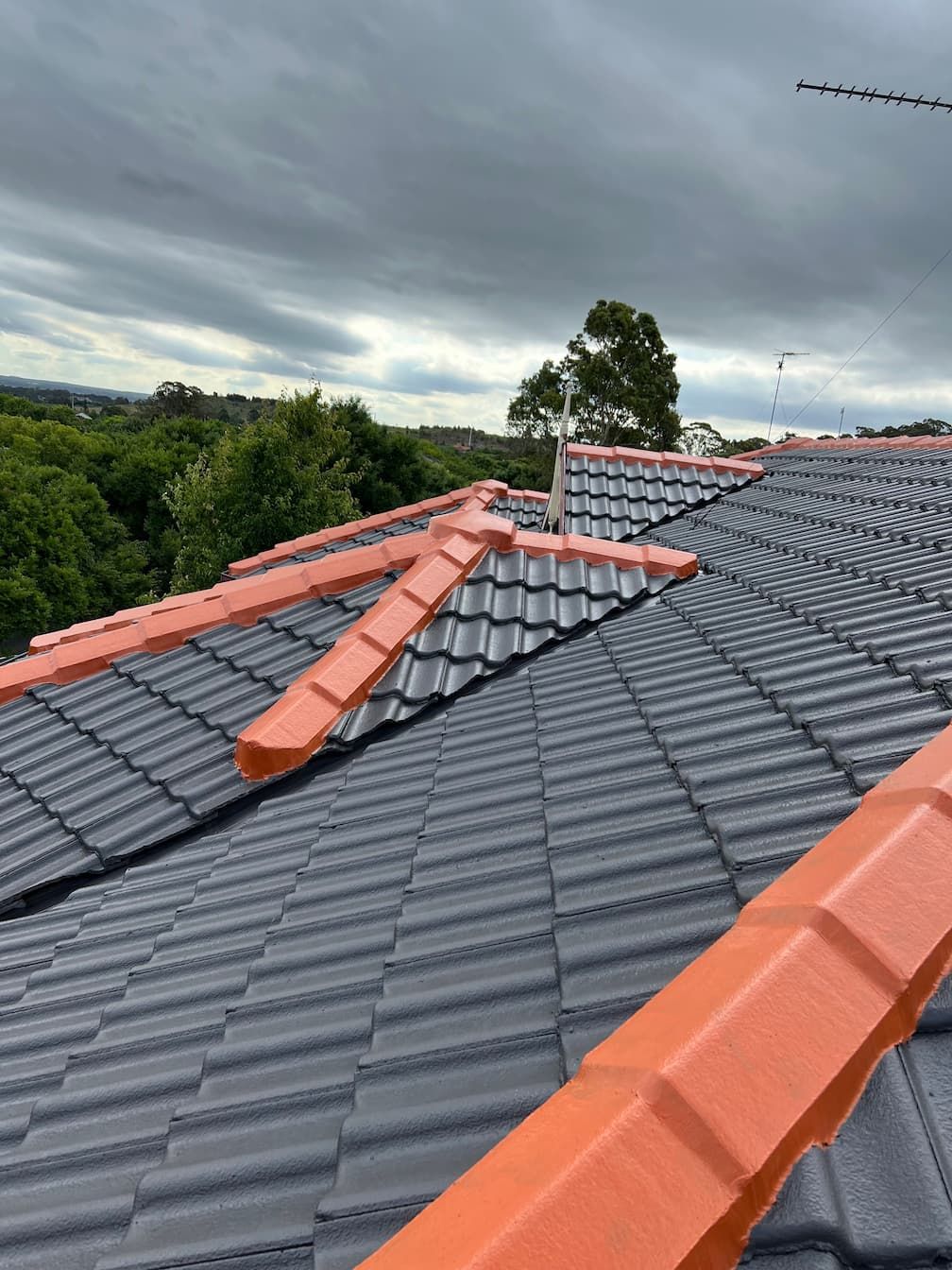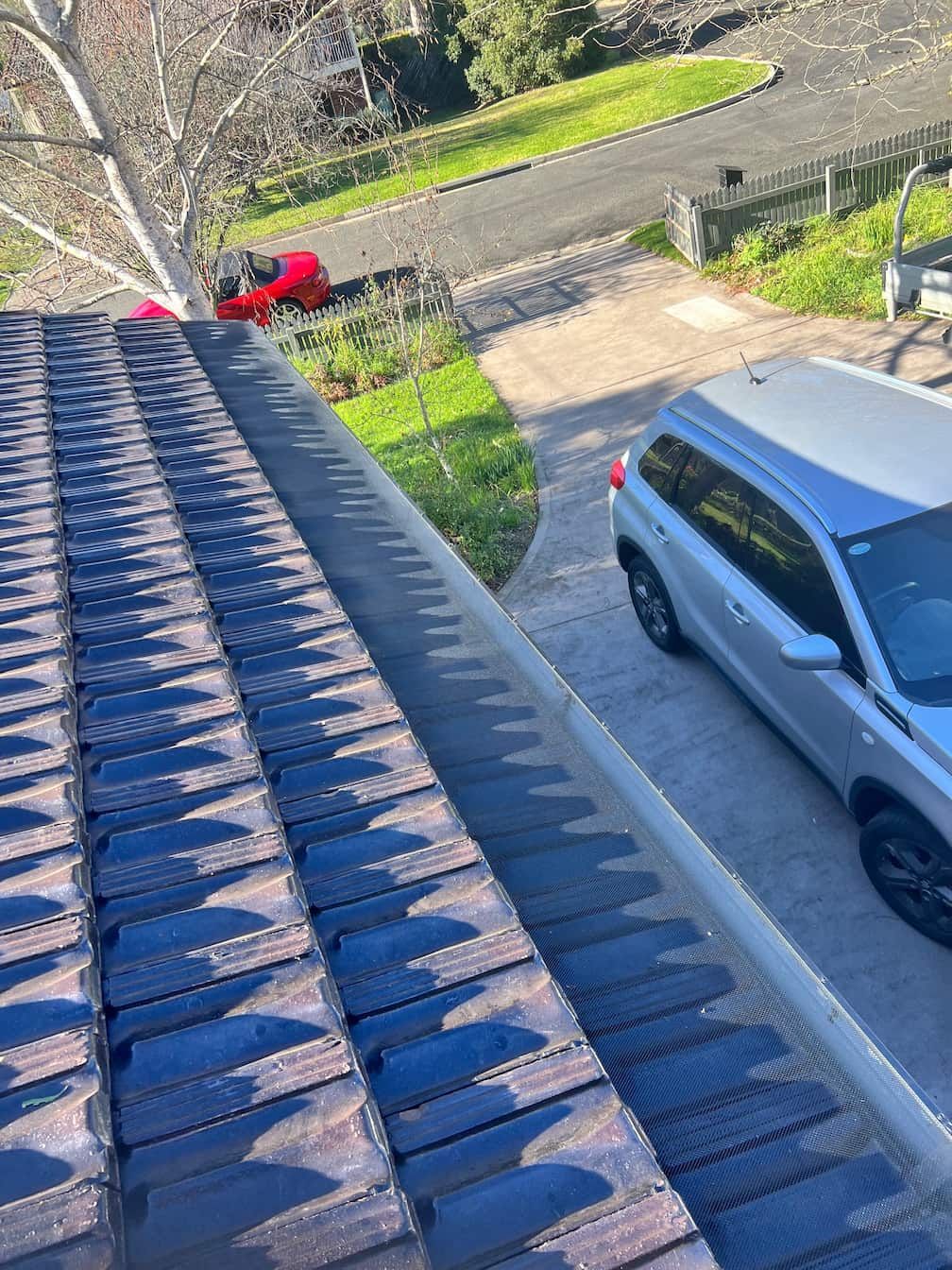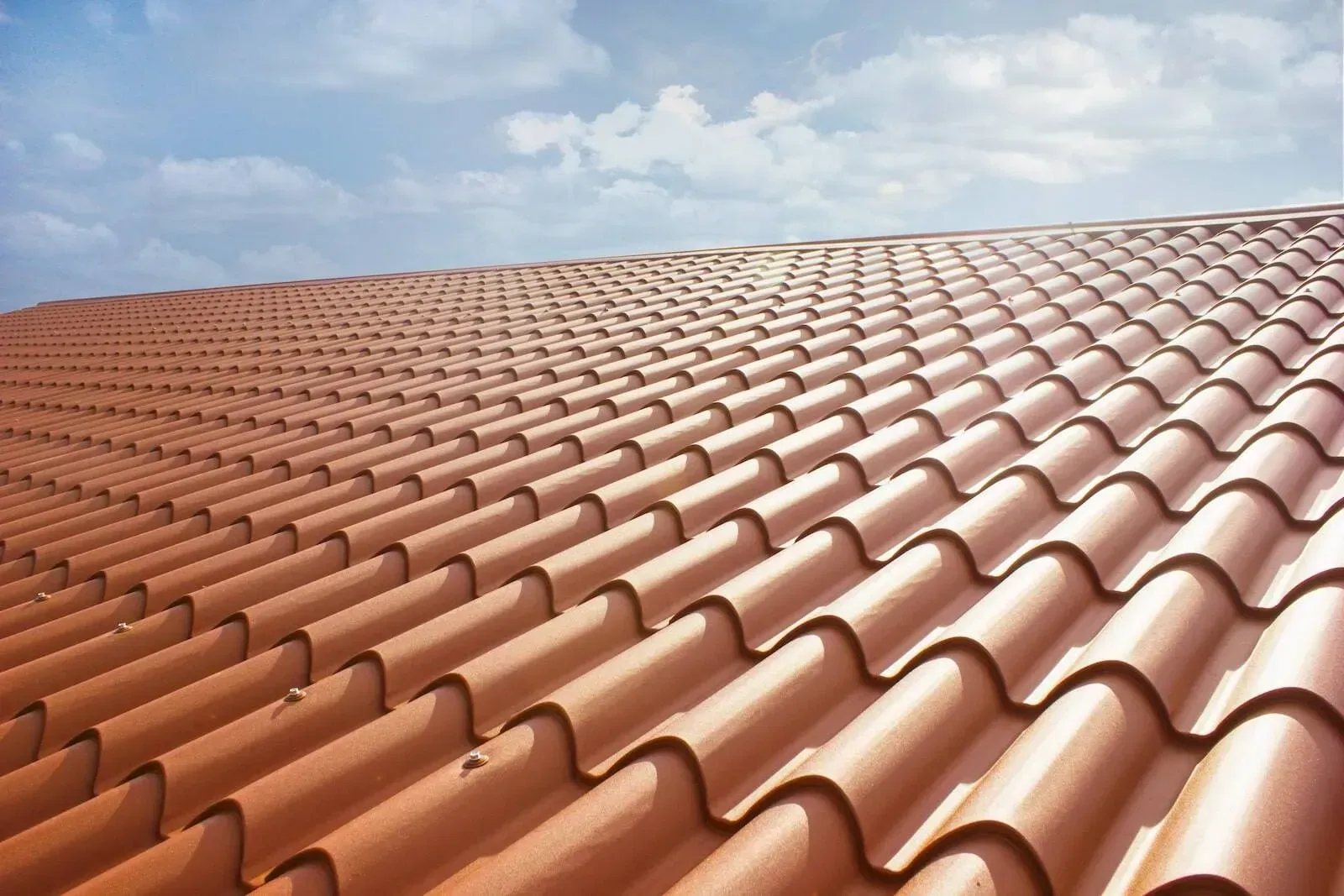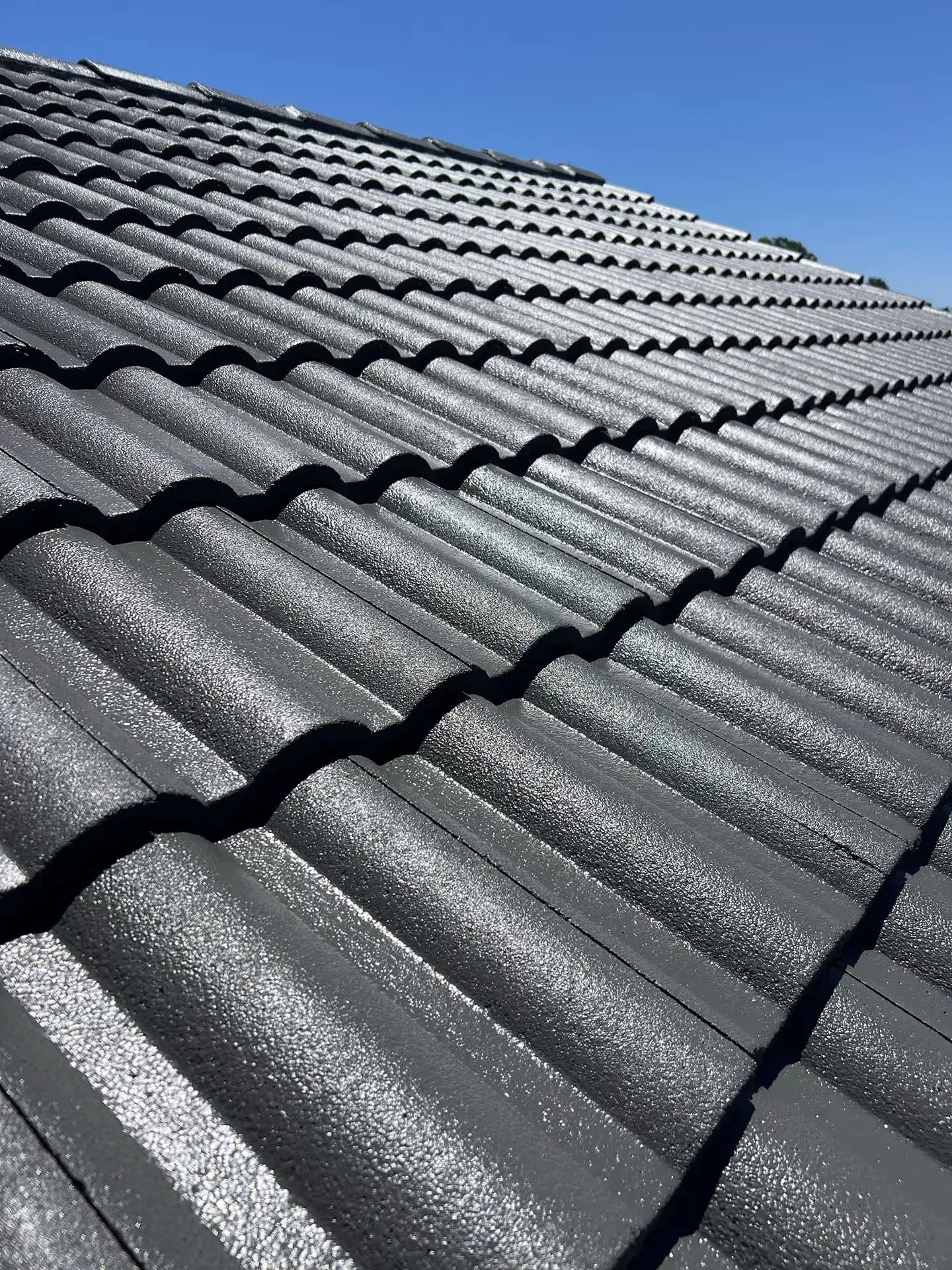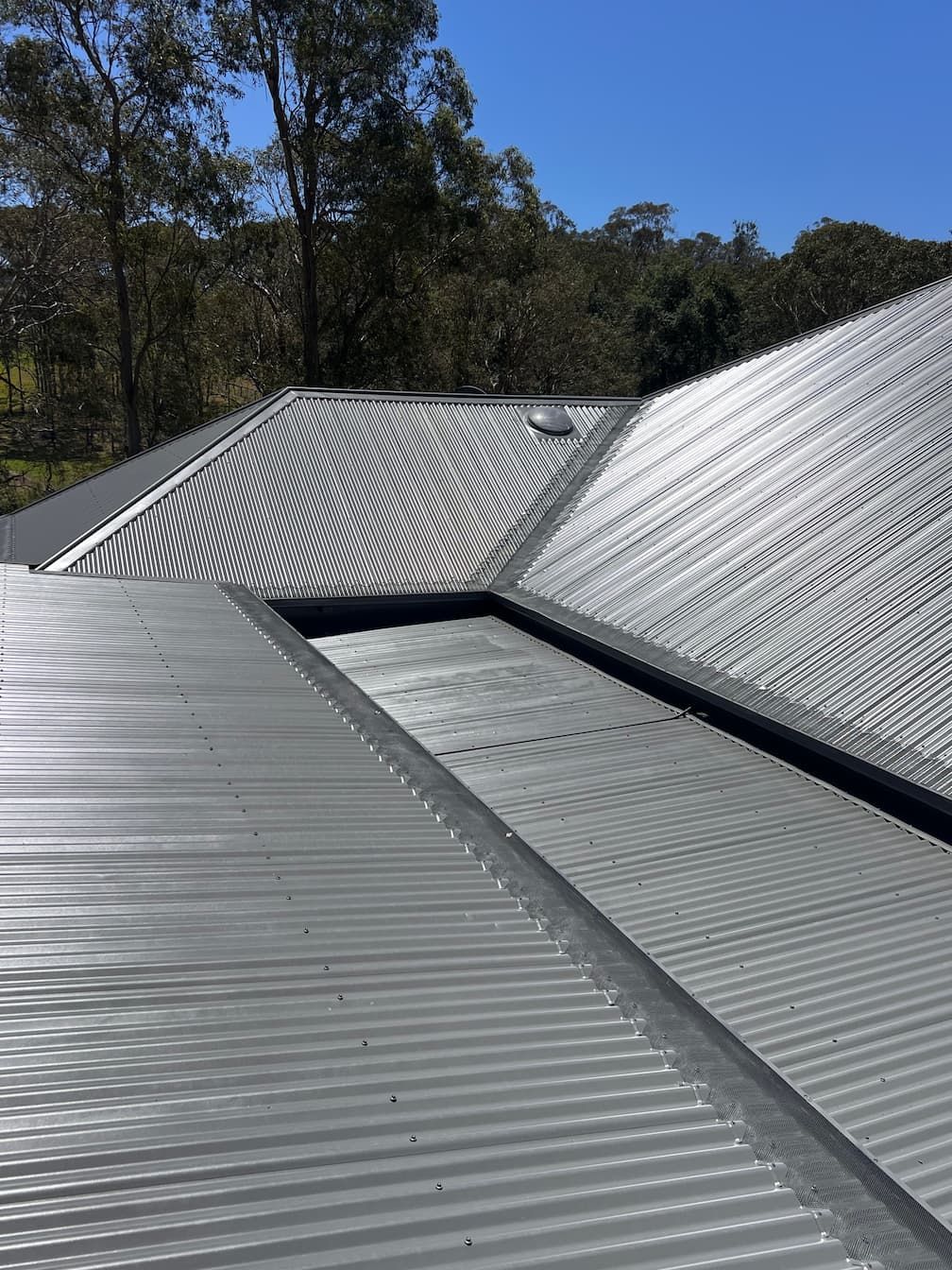Roof Restoration vs Roof Replacement: What’s Better?
Your roof is one of the most important parts of your home—it protects your property, adds street appeal, and influences energy efficiency. But when signs of wear and tear start showing, homeowners face a big decision: should you restore your roof, or replace it entirely?'
Both options can improve your home’s protection and appearance, but they differ in cost, lifespan, and the amount of work involved. In this guide, we’ll break down the pros and cons of roof restorations versus replacements to help you decide which option suits your home best.
What Is a Roof Restoration?
A roof restoration involves repairing, cleaning, and recoating your existing roof to extend its life and improve its appearance. It doesn’t replace the whole structure but rejuvenates what’s already there. The process generally includes:
- A detailed inspection to identify any damage or leaks
- Replacing broken or cracked tiles, sheets, or ridge caps
- Pressure cleaning to remove dirt, moss, and mould
- Applying protective coatings, sealants, or roof paint
- Optional upgrades such as modern colours or reflective coatings
A well-executed restoration can make an older roof look new again—without the high price tag of a full replacement.
What Is a Roof Replacement?
A roof replacement (or reroofing) means removing the entire existing roof and installing a new one from scratch. This includes replacing the roof covering (tiles, metal sheets, etc.) and, if necessary, structural components such as battens and underlayment. Roof replacements are often chosen when:
- The roof has reached the end of its lifespan
- There’s significant structural damage or water ingress
- You want to change the roof material or style entirely
Although more expensive, a replacement offers a fresh start with a brand-new roof that can last decades.
Signs You May Need a Roof Restoration
A roof restoration is ideal when your roof is showing age but remains structurally sound. Common signs include:
- Faded or worn paint – The coating no longer provides adequate protection.
- Minor leaks or cracks – Small areas can be repaired before they worsen.
- Mould, lichen, or moss growth – Indicates moisture retention but can be treated.
- Loose ridge caps or damaged flashing – Fixable issues during restoration.
- General dullness or discolouration – A fresh coat can restore appearance.
If you catch these issues early, restoring your roof can add years to its life without the need for major work.
Signs You May Need a Roof Replacement
Some problems go beyond what restoration can fix. A full replacement may be the smarter choice if you notice:
- Widespread leaks or sagging sections
- Severe rust or corrosion on metal roofs
- Broken or crumbling tiles across large areas
- Rotting roof timbers or damaged underlayment
- Repeated repairs that no longer last
When the underlying structure is compromised, restoration may only mask deeper problems. A new roof ensures long-term safety and compliance with current building standards.
The Cost Difference: Restoration vs Replacement
One of the biggest factors in deciding between restoration and replacement is cost.
- Roof Restoration: Typically costs between $2,000 and $10,000, depending on size, material, and condition.
- Roof Replacement: Can range from $10,000 to $30,000 or more, particularly for large or complex roofs.
While a restoration is more affordable upfront, it’s worth considering the long-term value. A full replacement can last 30–50 years, whereas a restoration may add 10–15 years to your existing roof’s lifespan.
If your roof is still structurally sound, restoration is often the more economical and sustainable option.
Roof Lifespan and Durability
A restored roof can extend the life of your existing roof significantly—typically adding another decade or more. However, because it relies on the integrity of the original materials, it won’t last as long as a completely new roof. A new roof, on the other hand, provides decades of protection. For example:
- Colorbond or metal roofs can last up to 50 years.
- Concrete tiles last around 40–60 years.
- Terracotta tiles can exceed 70 years when maintained properly.
If you plan to stay in your home long term, a replacement might offer better value over time.
Energy Efficiency and Modern Upgrades
Both restoration and replacement can boost your home’s energy efficiency—but in different ways.
Restoration benefits:
- Reflective coatings can reduce heat absorption.
- Re-sealing improves waterproofing and insulation.
- Roof colour updates can influence thermal performance.
Replacement benefits:
- Allows you to install modern insulation and ventilation systems.
- Opportunity to switch to energy-efficient materials (e.g., Colorbond Coolmax).
- Perfect time to add solar panels or skylights.
If you’re looking for a complete energy upgrade, a replacement offers greater flexibility. But if you simply want to reduce heat and improve performance, restoration is a great short-term improvement.
Environmental Considerations
Restoration is often the more sustainable choice because it reuses your existing roof materials. Less waste goes to landfill, and fewer resources are consumed in manufacturing new materials. Replacement, however, can also be environmentally positive if:
- You recycle the old materials (especially metal roofing).
- You upgrade to eco-friendly products like solar-reflective coatings.
- You improve insulation, lowering long-term energy consumption.
Ultimately, restoration offers a smaller environmental footprint, while replacement provides opportunities for modern sustainable materials.
Aesthetic Appeal and Street Value
Both restoration and replacement can dramatically improve the look of your home.
A restored roof can transform faded, patchy tiles or dull metal into a fresh, modern finish. Colour coatings come in various shades to complement your home’s style.
A replacement gives you complete design freedom. You can change materials—such as switching from tiles to Colorbond—or modify the roof shape for a more contemporary appearance.
From a property value standpoint, a new or newly restored roof adds curb appeal, which can make a difference if you’re selling your home. However, a replacement usually yields a higher resale value as buyers see it as a long-term investment.
Disruption and Installation Time
A roof restoration is less invasive and quicker than a full replacement. Most restorations are completed within 2–5 days, depending on weather and roof size.
A roof replacement, on the other hand, can take one to two weeks, as it involves removing the old roof, inspecting the structure, and installing new materials.
If you’re living in the property during the work, restoration causes minimal disruption, whereas replacement may require temporary relocation if the roof is being removed entirely.
When Roof Restoration Makes Sense
You should choose restoration if:
- The roof is structurally sound with minor surface damage.
- You’re working with a limited budget.
- You want to refresh your home’s appearance without major construction.
- You’re preparing the property for sale and want to increase appeal affordably.
- You’d like to extend your roof’s lifespan for another 10–15 years.
A good roofing professional can assess whether your roof is a strong candidate for restoration. Many homeowners are surprised how much life and beauty can be revived through professional cleaning, repairs, and coating.
When Roof Replacement Is the Better Option
Choose replacement if:
- Your roof is old, severely damaged, or leaking in multiple areas.
- Repairs are becoming frequent and costly.
- The structure underneath is deteriorating.
- You want to switch to a completely new roofing material or style.
- You plan to stay in the property for several decades.
A replacement provides peace of mind knowing your entire roof system—from trusses to tiles—is brand new and compliant with current building codes.
Maintenance After Restoration or Replacement
No matter which option you choose, ongoing maintenance is essential to protect your investment.
After a restoration:
- Have your roof inspected every 2–3 years.
- Keep gutters clean to prevent water pooling.
- Check coating and sealant condition annually.
After a replacement:
- Schedule professional inspections every few years to check for movement or wear.
- Remove debris, branches, and moss buildup regularly.
- Ensure flashings and valleys stay clear for proper drainage.
Proper care ensures you get the full lifespan out of your roof—whether restored or replaced.
The Verdict: What’s Better?
There’s no one-size-fits-all answer—the right choice depends on your roof’s condition, age, and long-term goals.
- If your roof is in fair condition and you want to extend its life affordably, a roof restoration is often the smarter and greener choice.
- If your roof is old, leaking, or structurally compromised, a roof replacement provides better long-term protection, energy efficiency, and value.
In many cases, a qualified roofer can provide both options with transparent quotes so you can make an informed decision based on cost, lifespan, and property plans.
Conclusion
Your roof plays a crucial role in protecting your home and maintaining its value. Whether you choose a restoration or a full replacement, the key is working with an experienced roofing company that can inspect your property, identify issues early, and recommend the most cost-effective solution.
If you’re unsure which option suits your roof, get in touch with Rapid Roof Services in Sydney.
Written by Ryan Wilson
With over 15 years of roofing experience, Ryan is committed to delivering high-quality results for every client. As the owner and director of Rapid Roof Services, he takes pride in honest advice, unbeatable workmanship and ensuring every roof is restored to the highest standard.



